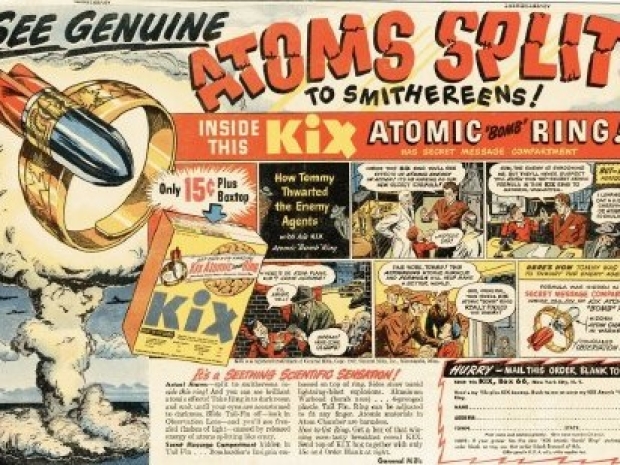The search engine outfit has not revealed how much it is spending but those units don’t come cheap.
Only three SMRs operate worldwide, and none operate in the US. The hope is that SMRs are a more cost-effective way to scale up nuclear power. In the past, large, commercial-scale nuclear reactor projects have run over budget and behind schedule, and many hope SMRs won't suffer that same fate. But it is uncharted territory.
Kairos Power, established in 2016 and backed by the Department of Energy, commenced construction on its Hermes Low-Power Demonstration Reactor in Oak Ridge, Tennessee, this July. Unlike traditional nuclear reactors, which use water as a coolant, Kairos Power's innovation employs molten fluoride salt.
Google anticipates the first reactor will be operational by 2030, with additional reactors expected to come online by 2035. This initiative will collectively add 500 megawatts to the grid.
While this capacity is notably smaller than that of commercial reactors, such as the 1.1-gigawatt Unit 4 at Plant Vogtle, which became operational this year, the momentum behind SMRs is undeniable. Proponents cite lower costs, expedited completion times, and greater location flexibility as key advantages.
The announcement on Monday underscores the burgeoning alliance between tech companies and nuclear power. Data centres require reliable, round-the-clock power, and nuclear energy is currently the sole source of emissions-free baseload power. As many hyperscalers pursue ambitious emissions-reduction targets, nuclear power is an increasingly attractive option.




